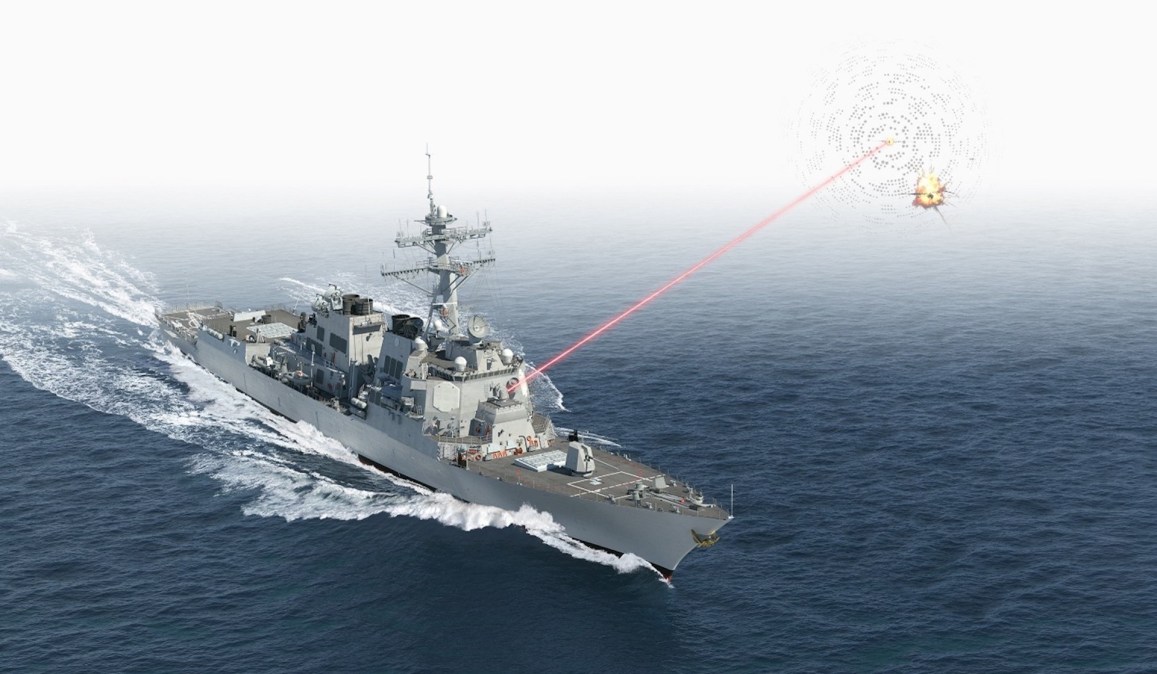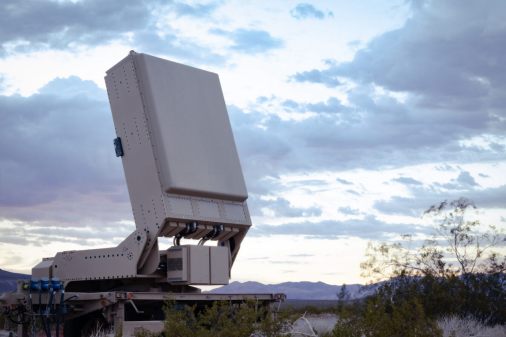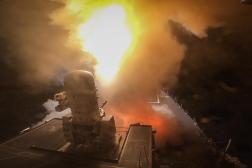Navy Secretary Del Toro wants to accelerate funding for directed energy weapons

Secretary of the Navy Carlos Del Toro told reporters Wednesday that he’s looking to boost investments in high-powered lasers in future budget submissions as the service pursues new tools to defeat drone swarms.
“I’m very, very excited by it,” Del Toro said of directed energy technology during a meeting with journalists on the sidelines of the Surface Navy Association’s annual symposium.
His remarks came against the backdrop of Houthi kamikaze drone and missile attacks in the Red Sea that are putting military and commercial vessels at risk. The U.S. military has been using traditional types of air defense systems to destroy them.
On Tuesday, “Iranian-backed Houthis launched a complex attack of Iranian designed one-way attack [unmanned aerial vehicles] (OWA UAVs), anti-ship cruise missiles, and an anti-ship ballistic missile from Houthi-controlled areas of Yemen into the Southern Red Sea, towards international shipping lanes where dozens of merchant vessels were transiting. Eighteen OWA UAVs, two anti-ship cruise missiles, and one anti-ship ballistic missile were shot down by a combined effort of F/A-18s from USS Dwight D. Eisenhower (CVN 69), USS Gravely (DDG 107), USS Laboon (DDG 58), USS Mason (DDG 87), and the United Kingdom’s HMS Diamond (D34),” U.S. Central Command said in a post on X, the social media site formerly known as Twitter.
The incident was the 26th Houthi attack on commercial shipping lanes in the Red Sea since Nov. 19, according to Centcom.
Vice Adm. Brendan McLane, the new commander of U.S. Naval Surface Forces, recently expressed frustration that the sea service hasn’t been able to deploy more directed energy systems onboard ships that could defeat these types of threats. The so-called SWO boss said he wants to accelerate the development and fielding of DE tech.
Del Toro suggested there may be more money available to do just that.
“Since the day I came in as secretary of the Navy, I have known and had a strong conviction that the way of the future has everything to do with laser technology, with microwave technology. And I reflect back to the days I was [a student] at the Naval Postgraduate School — this is ancient history — taking laser courses at NPS as part of my space systems engineering curriculum, and even then, recognizing those many years back that this would be something really transformative at some point in time. Like the SWO boss, I’m concerned that it’s taking a long time to come to fruition,” Del Toro told reporters.
However, advances are being made, the SECNAV noted. He specifically mentioned the high energy laser with integrated optical-dazzler and surveillance (HELIOS) system as an example of a directed energy weapon that seems promising.
In August 2022, Lockheed Martin announced that it delivered the first HELIOS platform to the Navy, which has been installed on the USS Preble destroyer. According to the contractor, the weapon is “scalable by design.”
HELIOS is also known as Surface Navy Laser Weapon System Increment 1.
“We are at a point now, where, quite frankly, on the USS Preble, as you know, with the HELIOS system, we are a bit beyond the experimentation point where — we will be continuing to do experiments, I don’t want to get into the specifics, but over the course of the next year, for example, even less, that will fully flush out how we can employ this incredibly transformative system … that’s energy dependent, that can actually be operated on a DDG-51 class destroyer without having to modify the engineering plan a whole lot other than for cooling, and things like that,” Del Toro said.
“This is the way of the future. And we are going to be looking in the fiscal year ‘26, ‘27 and into the [Future Years Defense Program] on how to accelerate the deployment of HELIOS and HELIOS-like capabilities on our DDG-51 platforms, because it is the way that we will need to address these swarm attacks of drones and other systems, whether they be on the surface or they actually be in the air. So yes, this is the way of the future and we’re going to look at accelerating those investments into the FYDP,” he added.
The Defense Department writ large has been spending about $1 billion annually on researching and developing directed energy weapons, according to the Government Accountability Office.
Del Toro did not provide any details about how much additional funding might go toward HELIOS or other systems in future budget submissions. The Pentagon is expected to release its five-year spending plans for fiscal 2025-2029 in the coming months.






